Decred vs Polkadot: Overcoming challenges
Both Decred and Polkadot prioritize community governance, fostering active participation in the decision-making process
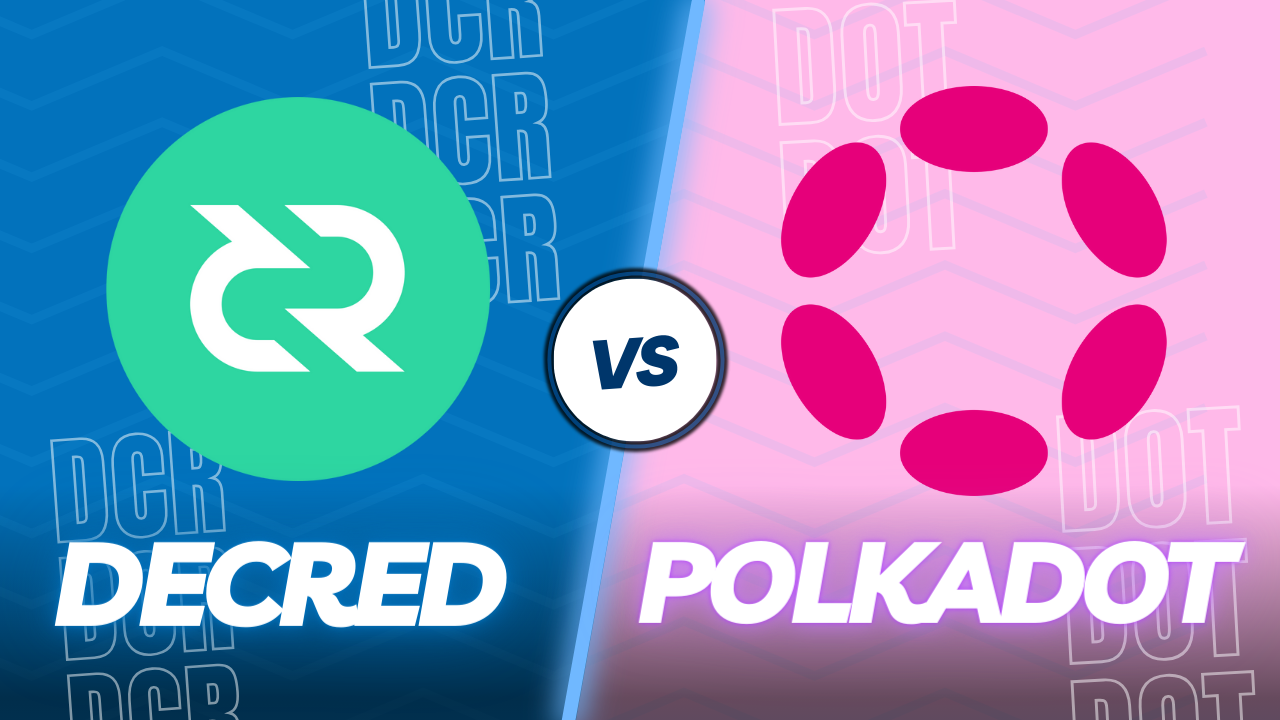

Technology evolves in response to flaws, and in the realm of blockchain and cryptocurrencies, various projects have emerged to address the limitations of pioneering platforms like Bitcoin and Ethereum. This evolution has given rise to innovative solutions, with projects like Decred responding to issues in Bitcoin and Polkadot aiming to overcome challenges in Ethereum.
Let's check what are those challenges faced by Bitcoin and Ethereum, and how projects like Decred and Polkadot work to overcome them!
Bitcoin challenges
Bitcoin, despite its decentralized nature, grapples with challenges such as:
Lack of Formal Governance:
Bitcoin operates on a decentralized network without a formal governance structure. While decentralization is a core principle, it poses challenges in decision-making and protocol upgrades. The absence of a structured governance model often leads to difficulties in achieving consensus on proposed changes or improvements to the network.
Scalability Issues:
Bitcoin faces scalability challenges, particularly evident during periods of high transaction demand. The limited block size and block interval result in slower transaction confirmation times and higher fees. This can hinder the network's ability to handle a large number of transactions efficiently.
Centralization of Mining Power:
The Proof of Work (PoW) consensus mechanism used by Bitcoin has led to the centralization of mining power. Large-scale mining operations and mining pools dominate the network mining. This centralization raises concerns about the potential influence of a few entities over the network's integrity.
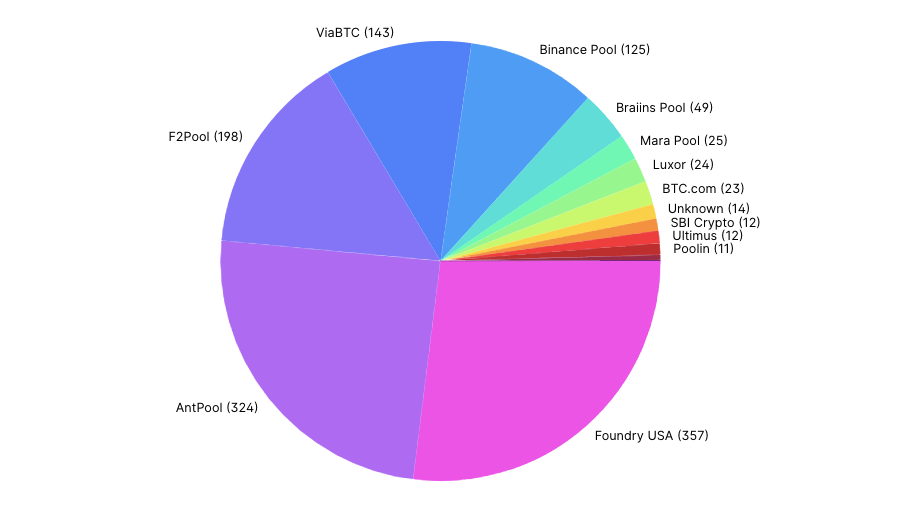
Funding Dependency on External Contributions:
Bitcoin lacks a formal treasury or funding mechanism built into its protocol. As a result, the development and maintenance of the Bitcoin network rely on external contributions and donations. This dependency can pose challenges in terms of sustained innovation and responsiveness to market needs.
Decred as a response to Bitcoin
Decred was conceived as a thoughtful response to the challenges faced by Bitcoin, with a specific focus on enhancing decentralization, governance, and sustainability within the blockchain ecosystem.
Transparent Governance with Politeia:
Decred's commitment to decentralized governance is exemplified through Politeia, its governance platform. Stakeholders have the authority to vote on changes, and contribute to decision-making processes. Anyone can submit a proposal on Politeia to be voted by the stakeholders.
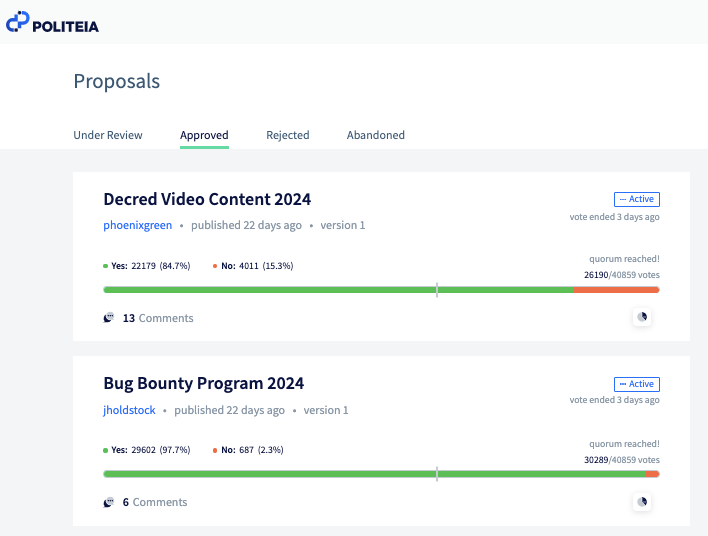
Lightning Network:
Decred tackles scalability issues through its Lightning Network, designed for smaller transactions. The Lightning Network enables the creation of Off-chain payment channels between DCR holders. The ability to process transactions off-chain is a substantial development for the project and has a significant impact on Decred's scalability
Self-Funding Treasury:
To ensure sustainability and independence from external funding, Decred incorporates a treasury system. A portion of 10% of all block rewards, is directed to the treasury. This self-funding feature enables ongoing development and operational activities without relying on external contributions.
Hybrid Consensus Mechanism:
One of the key innovations introduced by Decred is its hybrid consensus mechanism, combining Proof of Work (PoW) with Proof of Stake (PoS). This dual-layered approach enhances security, decentralization, and governance. While PoW miners validate transactions and secure the network, PoS participants, known as stakeholders, play a crucial role in decision-making and validating blocks. A pivotal shift occurred nine months ago when stakeholders approved a proposal to change the PoW algorithm to BLAKE3, effectively restricting ASIC mining and allowing miners to use GPUs. This strategic move aimed to reduce the profitability of miners and remove centralised ASIC mining cartels.
Ethereum Challenges
The Ethereum network, despite being a pioneer response to Bitcoin, still faces several challenges:
Scalability:
Ethereum struggles with scalability, especially during periods of high demand. The network's capacity to process transactions is limited, leading to congestion and higher transaction fees. As a result, users may experience delays and increased costs for executing transactions on the Ethereum blockchain.
Interoperability:
Ethereum primarily operates as a standalone blockchain, which limits its interoperability with other blockchains. This lack of native interoperability hinders the seamless exchange of data and assets between different blockchain networks, restricting the development of a more interconnected and collaborative decentralized ecosystem.
Upgradeability:
Implementing significant upgrades, such as the transition to Ethereum 2.0, involves complex processes due to the size of the Ethereum network. Coordinating upgrades on a network with a large user base and diverse stakeholders poses challenges in terms of reaching agreement and ensuring a smooth transition without disruptions.
Polkadot as a Response to Ethereum:
Polkadot aims to address some of these Ethereum challenges through its innovative design.
Sharding:
Operating as a multi-chain ecosystem, Polkadot's core is the Relay Chain, and connected chains are called Parachains. Each Parachain can have its unique tokens, consensus methods, and governance structures. This simultaneous operation of multiple blockchains is referred to as sharding. This sharded structure allows Polkadot to process multiple transactions simultaneously, significantly improving scalability compared to a single-chain architecture.
Governance and Funding:
Polkadot employs an on-chain governance model that allows any DOT holder to submit a treasury spending proposal on Polkassembly or Subsquare. Through a transparent and decentralized governance process, stakeholders can propose and vote on network upgrades, ensuring a more inclusive and responsive governance structure compared to traditional off-chain governance models.
Polkadot's forkless solution:
Polkadot employs an automatic forkless updates as a solution for blockchain evolution. Operating on the Substrate framework, known for its open-source, modular, and extensible nature. This system mirrors a democratic structure, allowing decisions to be determined by the majority while accommodating diverse opinions. Proposals for blockchain changes undergo a standardized process on Polkadot: they enter a queue, can be seconded by other token holders, and if sufficiently supported, transition into a referendum open for voting. Following the voting period, the approved code is seamlessly added to the chain, with all nodes automatically executing the update, eliminating the need for human intervention. This automated process ensures the platform's continuous adaptation to technological advancements. This is a solution found to address the Ethereum upgradeability issue.
Decred and Polkadot
Those two projects have shown a lot of solutions to the two most traditional blockchain networks (Bitcoin and Ethereum). Both Decred and Polkadot prioritize community governance, fostering active participation in decision-making processes. Decred introduced Politeia, a dedicated governance platform enabling the proposal and voting on changes. Meanwhile, Polkadot implements a governance system involving a proposal queue, token holder support, and a structured voting process. Additionally, both projects feature treasury systems that allocate funds based on proposals approved by the community. In the case of Polkadot, the treasury is funded through various channels, including transaction fees, staking inefficiencies, slashes, and transfers. Conversely, Decred's treasury receives a share of block rewards, contributing to the sustained development and operation of the respective blockchain ecosystems.
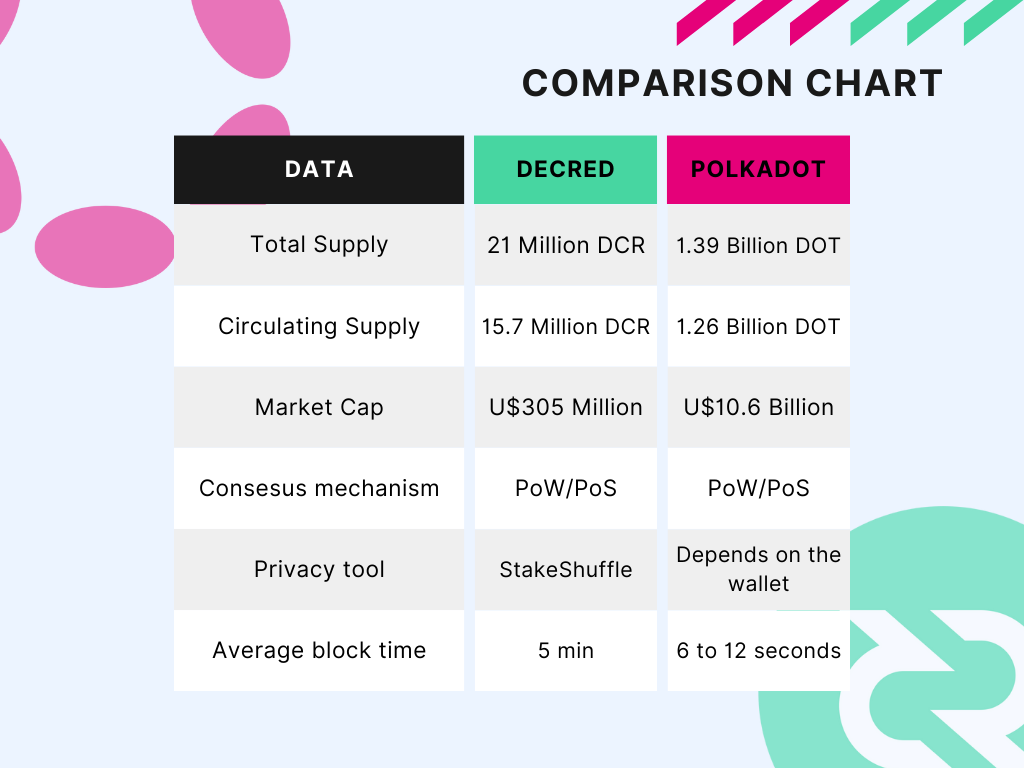
Polkadot's notable emphasis on interoperability involves the use of sharding, enabling connections among private chains, public networks, and oracles. Decred, on the other hand, prioritizes its governance model and hybrid consensus, lacking a specific focus on achieving interoperability. In terms of privacy features, Decred incorporates tools such as StakeShuffle to enhance user privacy by obfuscating ownership. Polkadot, while not highlighting built-in privacy tools at the network level, allows for the implementation of privacy chains within individual Parachains.
Both projects share the common goal of addressing the limitations of established networks like Bitcoin and Ethereum, but their unique features and approaches make them compelling options for different use cases and preferences within the broader blockchain community.


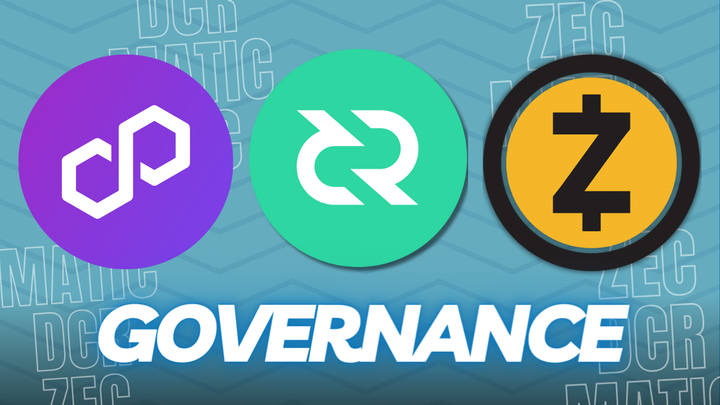
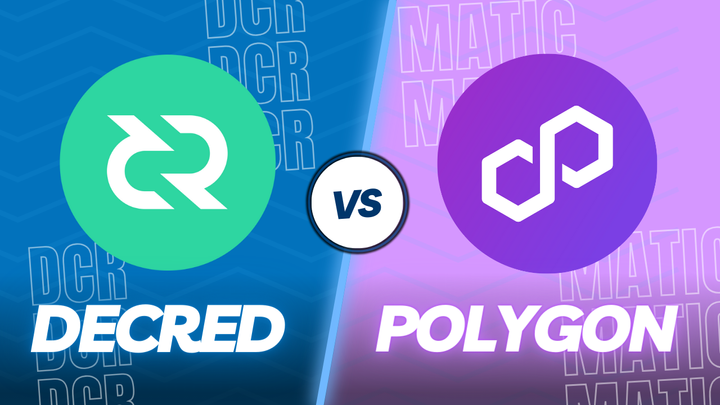

Comments ()